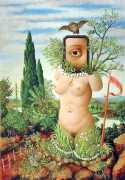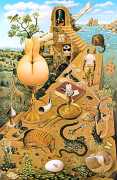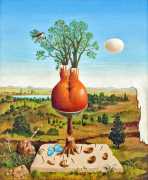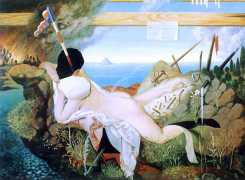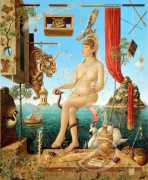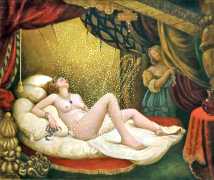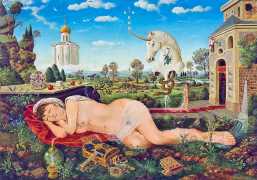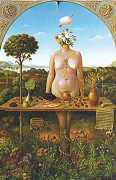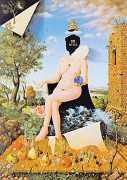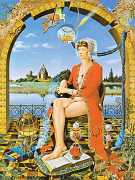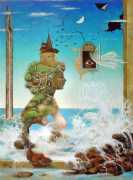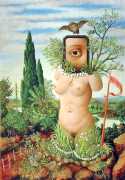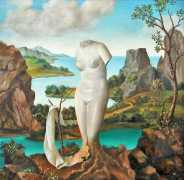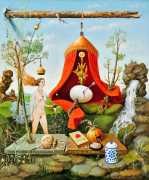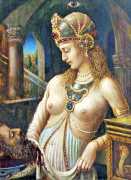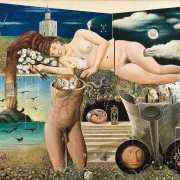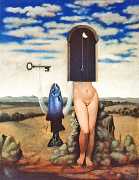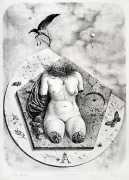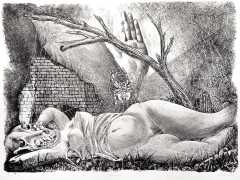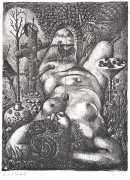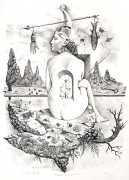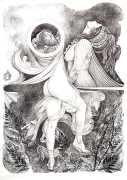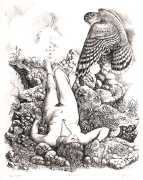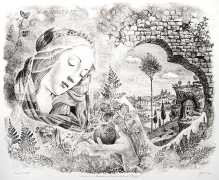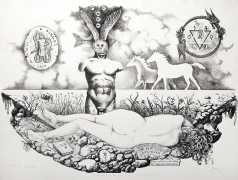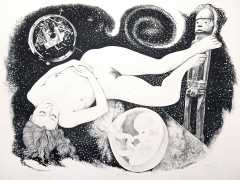 The Brazilian artist Octávio Ferreira de Araújo grew up in Terra Roxa in the far south-east of the country, and between 1939 and 1943 studied painting at the Escola Profissional Masculina do Brás in São Paulo with Edmundo Migliaccio and José Barchitta. He joined the Grupo dos 19 of young artists in 1947, and two years later travelled to Paris to study engraving at the École National Supérieure des Beaux-Arts. He returned to Brazil in 1951, and the following year moved to Rio de Janeiro where he worked with the painters Clóvis Graciano and Candido Portinari.
The Brazilian artist Octávio Ferreira de Araújo grew up in Terra Roxa in the far south-east of the country, and between 1939 and 1943 studied painting at the Escola Profissional Masculina do Brás in São Paulo with Edmundo Migliaccio and José Barchitta. He joined the Grupo dos 19 of young artists in 1947, and two years later travelled to Paris to study engraving at the École National Supérieure des Beaux-Arts. He returned to Brazil in 1951, and the following year moved to Rio de Janeiro where he worked with the painters Clóvis Graciano and Candido Portinari.
In 1959 he won an engraving award, Salão para Todos, which took him to China, and the following year he received a scholarship from the Repien Institute in Leningrad, sponsored by the Soviet Union Ministry of Culture. In 1961 he married Clara Gouriánova, his Spanish interpreter, and they had two children. After eight years in Russia working as a translator and illustrator of Latin American books, he returned to Brazil in 1968 to concentrate on painting and engraving.
A major exhibition of his work was held at the Museu de Arte de São Paulo in 1972, and he continued to exhibit regularly for the rest of his life.
In his paintings and engravings Octávio Araújo reveals his interest in works by Flemish, German and Italian painters from the fifteenth and sixteenth centuries, sometimes taking direct inspiration from figures from these works. There is also a clear affinity with surrealism, together with a liberal sprinkling of mysterious objects and inscriptions, designed to awaken an atmosphere of mystery and magic.
We are very grateful to our Russian friend Yuri for introducing us to the work of this artist, and for supplying most of the images.

